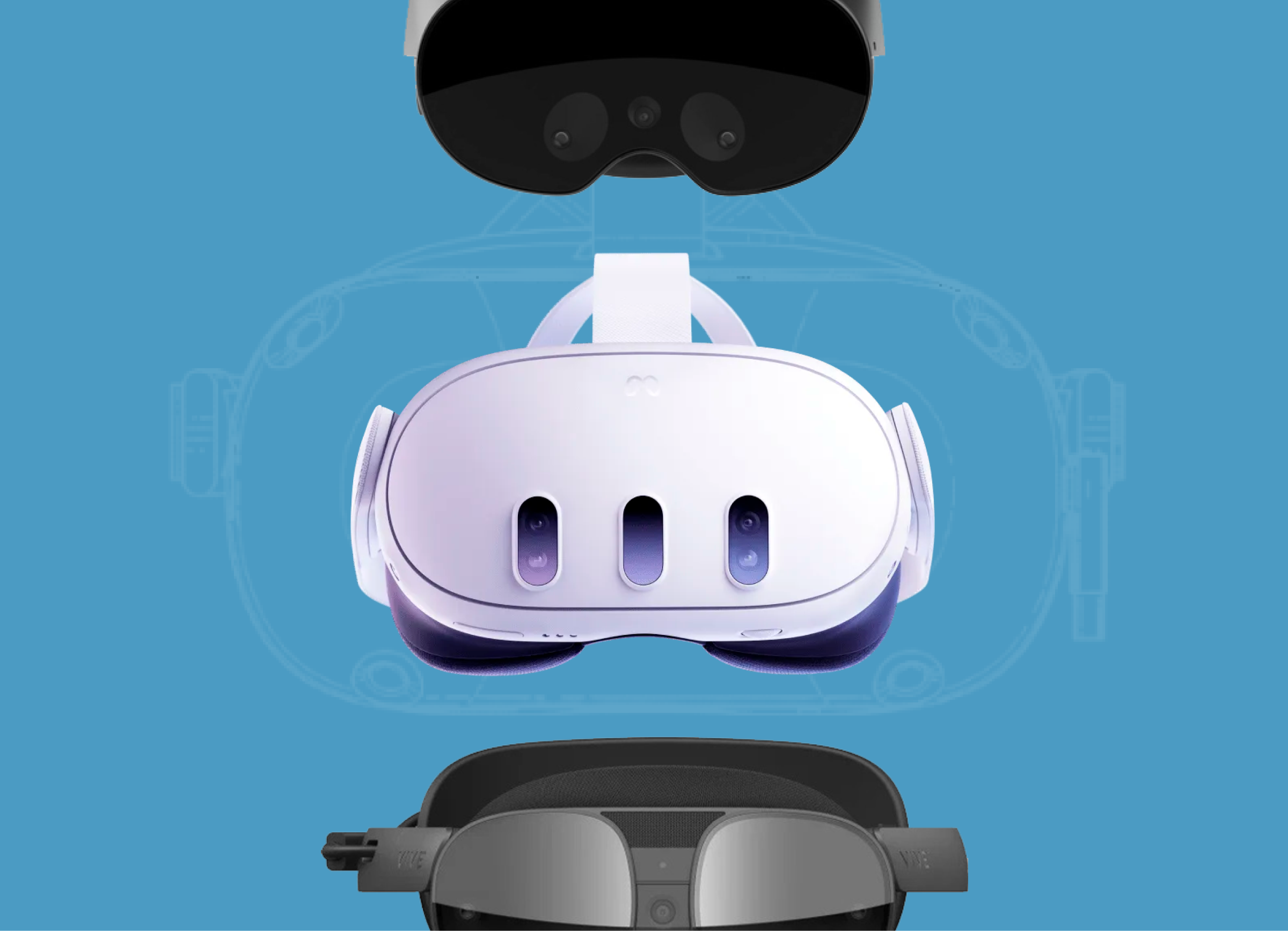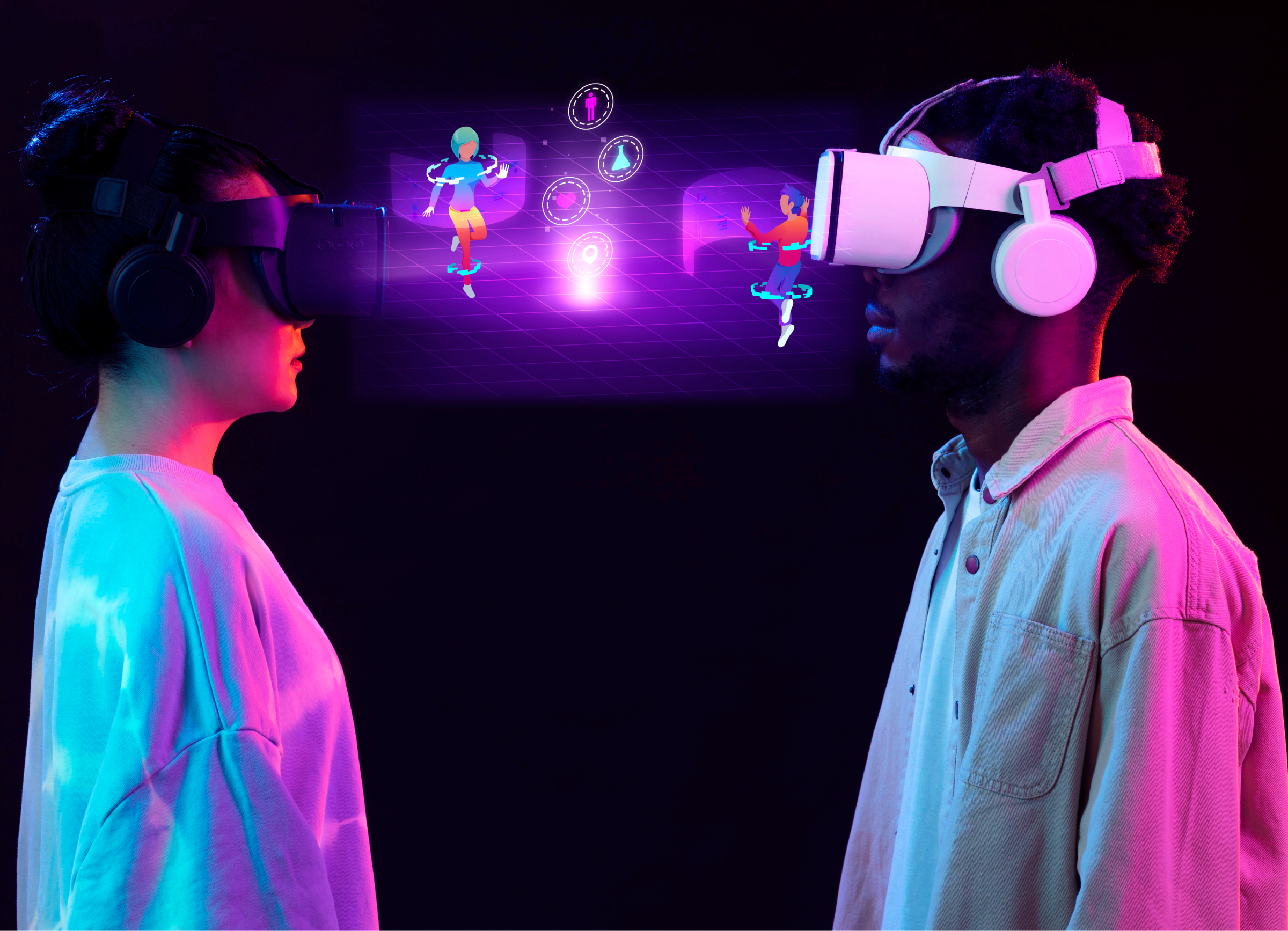
The inception of modern technology has improved how people live in the world. Technology has literally made the world to be a better place. With so many people coming up with new businesses, the market has been overcrowded, and competition has increased. Referring to the theory of demand and supply, when competition rises in the market, the number of customers do not automatically expand. Most people with businesses have resulted in using technology to try and attract more customers to buy their products. One strategy that people are using to increase their sales is by using augmented reality as a marketing tool. Augmented reality is a technology that is used to expand our physical world, by adding a series of layers of digital information onto it. However, some people confuse Augmented reality with virtual reality. The main difference between the two is that AR creates an existing environment with sounds videos and graphics.
How augmented reality can increase your business sales
Provides try-and-buy experiences for shoppers
The main aim of augmented reality is to merge virtual objects with the real world. This is means that if you use augmented reality in your business, your customers will be able to benefit from the try-and-buy services. All your shoppers will be able to virtually try clothes, shoes at the comfort of their homes. It also provides them with a preview of other goods they may want to buy like furniture and electronics. Another benefit of augmented reality is that your customers will be able to customize the products that they want to buy. All these benefits will improve the customers’ experience of all the online shoppers. In the end, this strategy will increase the business sales because it has more advantages as compared to other forms of online shopping.
Provides better in-store navigation
Anyone who has ever shopped in large shops or malls can know how hard it is to find the goods you want to buy. Augmented reality can ease this burden for customers if you own a big business store. Using augmented reality, all the customers will be guided on where all the goods are placed in the departmental stalls. This is applicable for customers who have decided to do real shopping. The customers should have an augmented reality app, which will help them navigate through the store. One main advantage is that it will boost your business sales because the customers will not struggle to find the goods that they want to buy.
Stimulation of purchases
One main advantage of using augmented reality is that it creates a special bond between the customers and the products. The program has a way of attracting customers and more so force them into impulse buying. Many studies conducted on customers’ emotions reveal that customers are likely to buy goods, which they have a strong emotional connection. Using augmented reality will allow you to stimulate purchase decisions among your customers and it will improve your sales. The program will also force customers into impulse buying by making suggestions to customers. The program suggests to customers’ other products that they can buy, which will improve the business sales.
Provides product information to the customers
Due to advanced technology, everyone is using the internet. The internet has provided a platform where people can shop online. With augmented reality, all the buyers have an opportunity to read all the information related to the products, compare prices and check the reviews of other customers. The program gives the customers a chance to scan the products on the shelves and receive all the information they need about the products.
Provides interactive entertainment
When you have a business, the most important thing is to interact with people from all groups. The best way to reach out to young customers is through entertainment. The augmented reality allows the customers to get entertaining experiences when they are buying goods. This is an excellent ploy to reach out to young customers. As an example, augmented reality can convert conventional paper books into interactive Augmented reality books that are more interesting. Another strategy a retailer can use is to include music when displaying some of the goods that they are selling. If you have a business that is selling clothes for young people, you should incorporate popular background music when displaying some of your clothes. This will attract more youths to your products, and it will increase your business sales.
Improves brand awareness
If you are operating a business, brand awareness is essential. The main reason for this is that most customers are always loyal to one particular brand. If your customers do not know the exact brand of your goods, they will never become loyal customers. Most people with businesses increase brand awareness through advertisements. However, in this digital era, augmented reality is the most effective tool to raise brand awareness. The customers will be able to interact with various augmented reality applications, which allows all of your customers to be emotionally attached to your brand. This will improve the number of purchases and increase all your business sales.
With everyone trying to survive in the market, and competition increasing by the day, the best thing to do is to try out augmented reality in your business. It is an expensive program to install in your business, but your business sales are bound to increase, which will improve your business.



